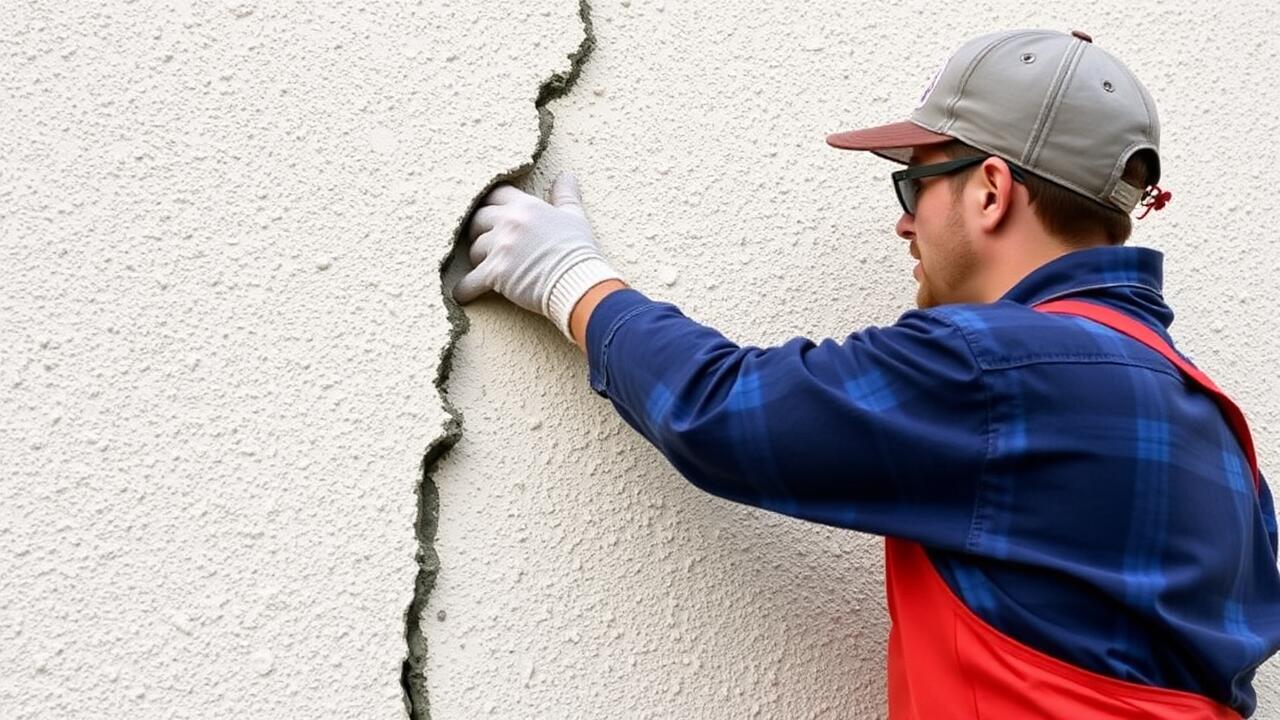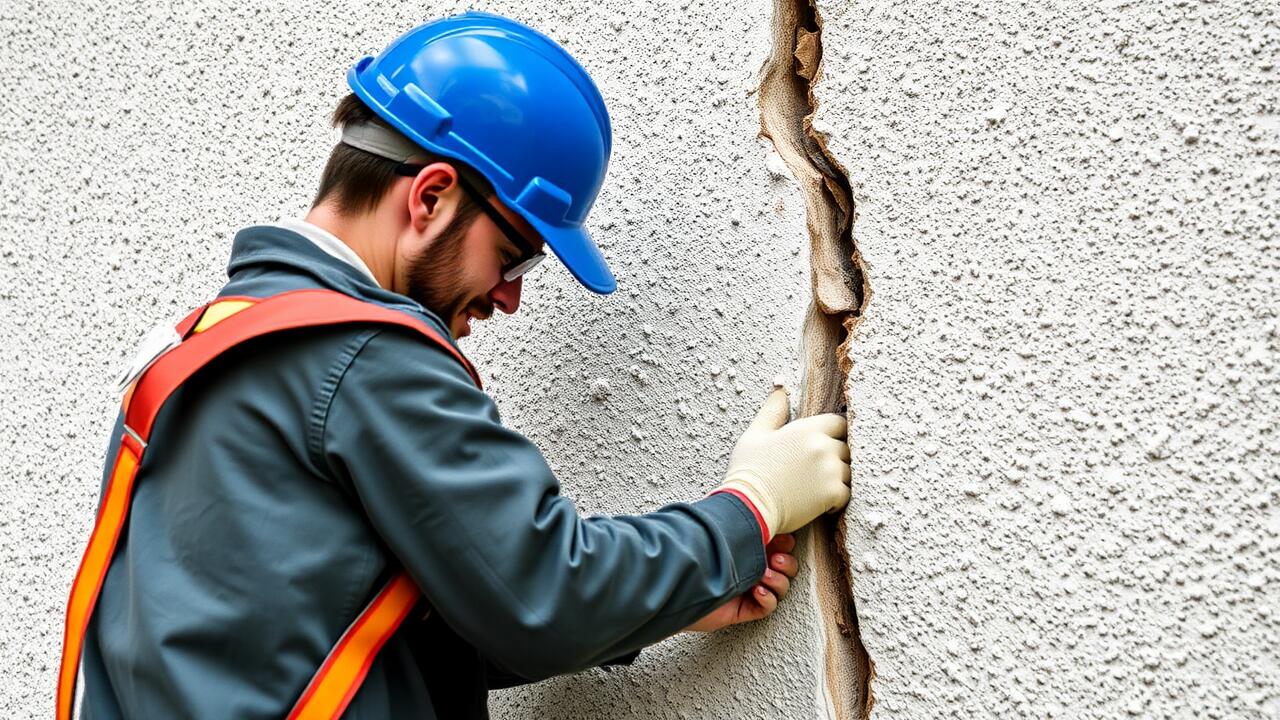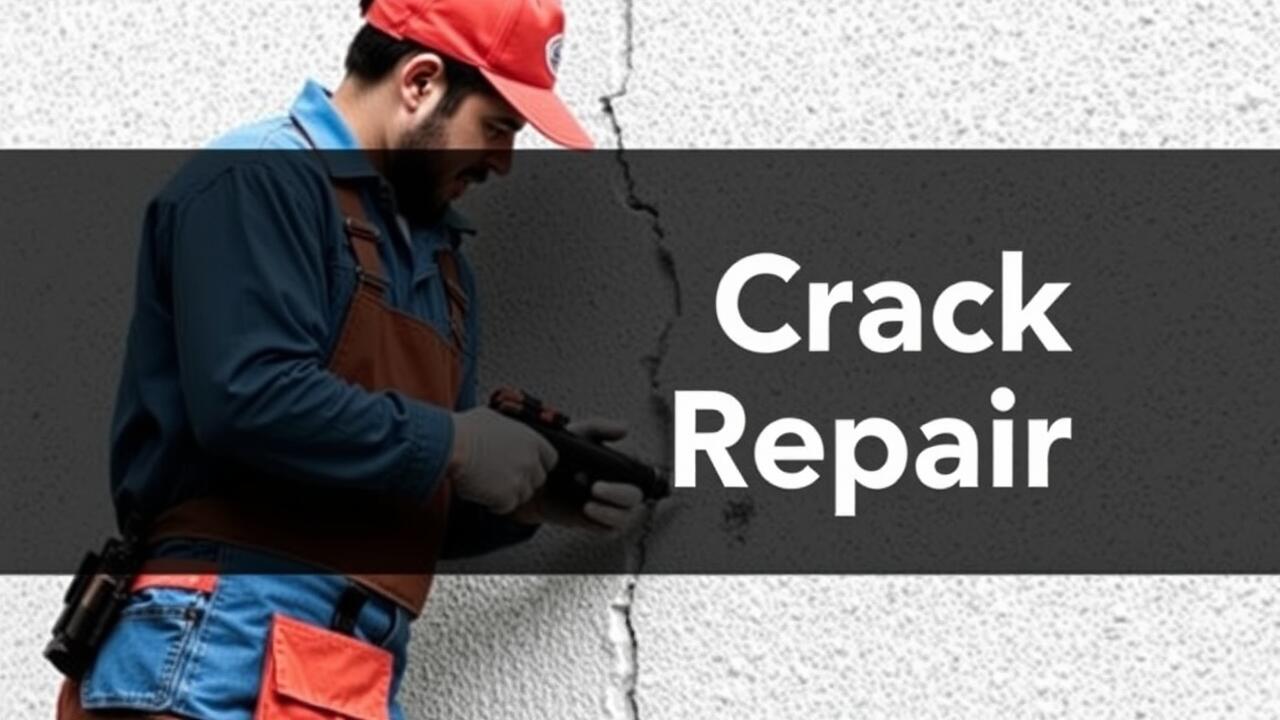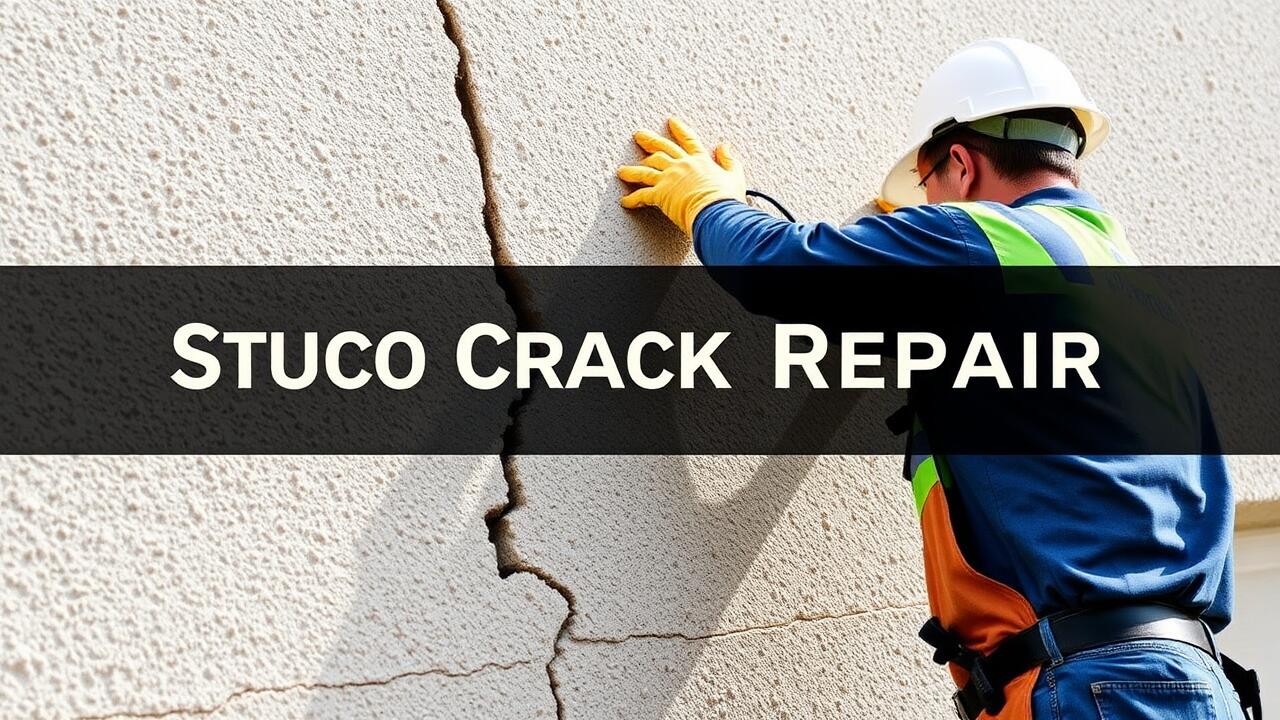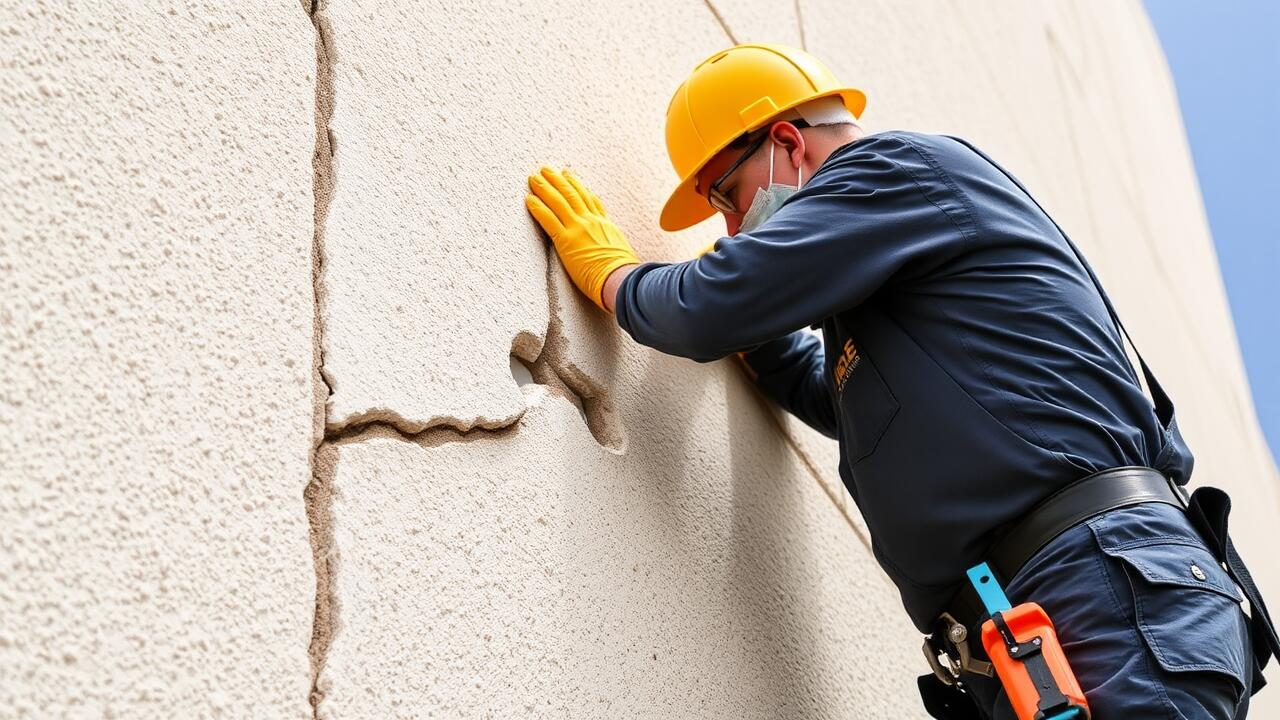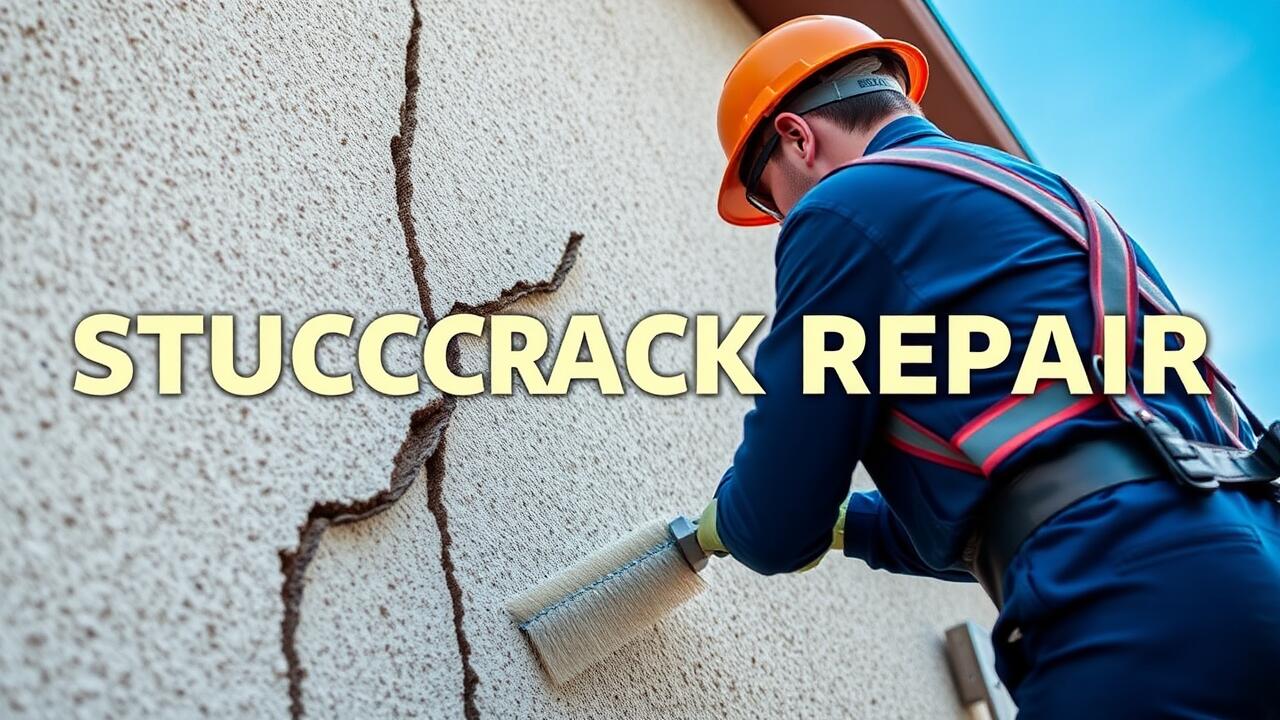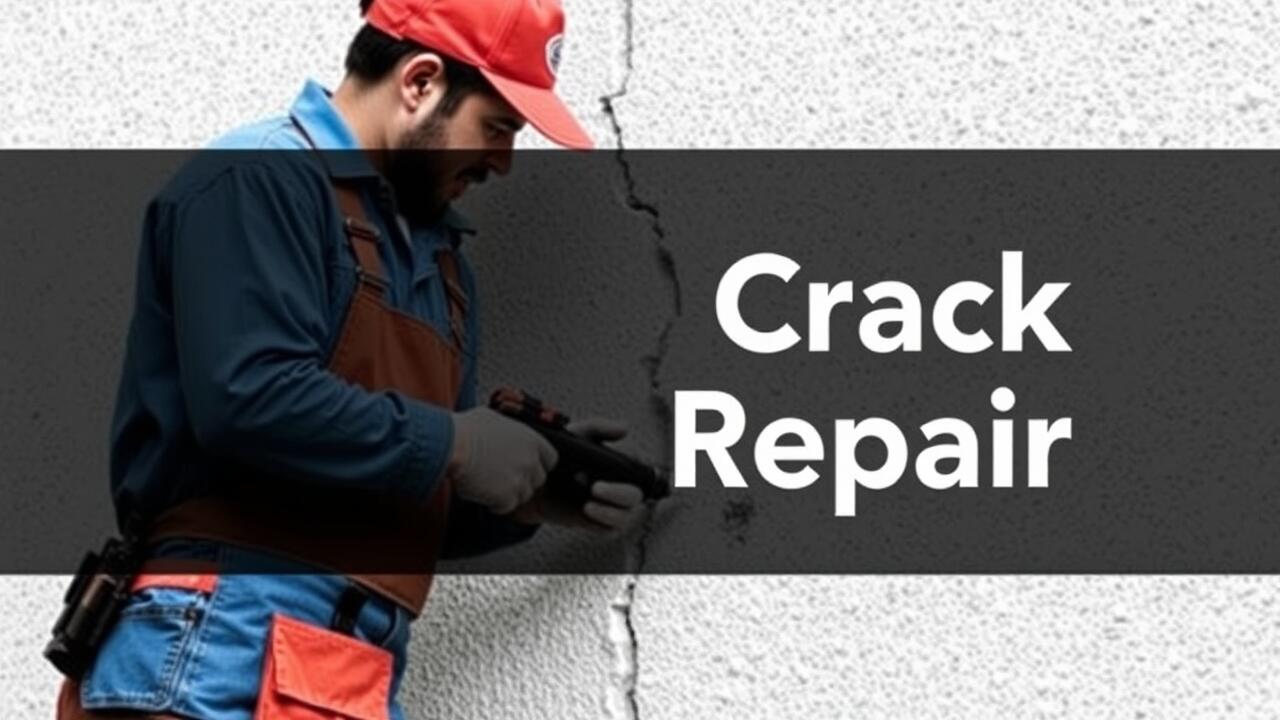
Applying New Stucco
Applying new stucco requires careful attention to the surface and conditions. Begin by ensuring the area is clean and free of debris. If you're working on a larger repair, it may be beneficial to apply a bonding agent to enhance adhesion. Dampen the surface slightly to prevent the stucco from drying too quickly, which can lead to cracks. Using a trowel, layer the new stucco over the damaged area, ensuring even distribution and adequate coverage. For those seeking professional services, "Stucco Crack Repair in West Adams, Los Angeles" can ensure a quality application.
After applying the stucco, the next step is to shape and texture it to match the existing finish. This can typically be done using a trowel or specialized tools designed for creating patterns. Lightly pressing and dragging the tool across the surface allows for blending with the older stucco. For a refined look, it’s important to pay attention to the drying process while ensuring the new texture aligns well with the surrounding area. Consistency in texture is key to achieving a seamless repair that looks professionally done.
Mixing and Preparing the Stucco
To effectively mix and prepare the stucco, begin by gathering your materials. The basic mixture consists of Portland cement, sand, and water, though additives may enhance the durability and flexibility of the final product. Measure each ingredient accurately to ensure consistent results. A common ratio is three parts sand to one part cement. Use a wheelbarrow or mixing tub to combine the dry ingredients first, then gradually add water while stirring until the mixture reaches a smooth, workable consistency.
Once the stucco is mixed, the next step is preparing the surface for application. Ensure the area to be repaired is clean and free of debris that could hinder adhesion. If performing a project like Stucco Crack Repair in West Adams, Los Angeles, consider applying a bonding agent to the surface before adding the new stucco mixture. This creates a strong bond between the old and new materials, leading to a longer-lasting repair. Use a trowel to apply the stucco, ensuring it's compact and even on the surface.
Texturing the Repair
Texturing the repair adds character and depth to the stucco surface. For those in need of a quality finish, utilizing a texture that matches surrounding areas is essential. Various techniques can be employed, from applying a knockdown texture to achieving a smooth finish. Tools such as brushes and trowels can help create the desired pattern and consistency.
For effective results, timing during the application is crucial. The new stucco should be worked before it entirely dries, allowing for better adhesion and integration with the existing wall. Residents seeking professional assistance with their projects might consider services like Stucco Crack Repair in Brentwood, Los Angeles, ensuring an expertly completed texture that enhances the overall appearance of the home.
Achieving a Consistent Finish
For a seamless appearance when repairing stucco, careful attention to texture is essential. Each motion of the trowel should mimic the original stucco finish. Using a stencil or texture roller can help achieve the desired pattern if the existing wall has a unique texture. It's important to practice on a small, inconspicuous area first to ensure the technique yields a consistent finish that blends with the surrounding wall.
When performing Stucco Crack Repair in Brentwood, Los Angeles, matching the color is just as critical as duplicating the texture. Choose the right pigments and testing them in small batches will save time in the long run. Once the repair has cured, painting or applying a finish coat can offer further uniformity. This extra step ensures a polished look, making the repair effectively disappear while enhancing the overall aesthetic of the stucco walls.
Curing and Drying Time
Curing and drying time are critical steps in the stucco repair process. It is essential to allow the newly applied stucco to cure properly. Generally, this process can take anywhere from a few days to several weeks, depending on environmental conditions like temperature and humidity. During this period, protecting the surface from extreme weather is crucial to ensure a strong bond and prevent cracking.
For those undertaking Stucco Crack Repair in Brentwood, Los Angeles, monitoring the moisture content of the stucco is key. Maintaining a consistently moist surface, especially in the first few days, can significantly improve the overall durability of the repair. Proper curing will help achieve a consistent finish and minimize the risk of future repairs.
Best Practices for Optimal Results
To achieve the best results when performing stucco repairs, it is crucial to prepare the surface properly. Clean the area thoroughly, removing all dust, debris, and loose material. Applying a bonding agent can enhance adherence and longevity of the new stucco. When working with different textures, practice on a small section first to master your technique. This attention to detail can lead to more seamless repairs that blend well with existing surfaces.
Timing is also essential during the repair process. Avoid working on extremely hot or cold days as temperature fluctuations can impact the curing process. For projects requiring uniformity in texture, consider using tools like trowels or brushes that match the original finish. Following these practices ensures quality results for any stucco work, including local services like Stucco Crack Repair in Highland Park, Los Angeles.
FAQS
What materials do I need to repair stucco walls?
To repair stucco walls, you will need stucco mix, a mixing container, a trowel, a hawk, a wire brush, a sponge, and possibly a spray bottle for moisture.
How do I prepare the surface before applying new stucco?
Start by cleaning the damaged area with a wire brush to remove loose material and debris. If the area is wet or has moisture, allow it to dry before applying new stucco.
How long does it take for stucco repairs to cure?
Typically, stucco repairs take about 24 to 48 hours to set, but full curing can take up to a month. It’s important to keep the stucco moist during the curing period for optimal results.
Can I texture the stucco repair to match the existing wall?
Yes, you can texture the stucco repair. Use a sponge or specialized tools to match the texture of the surrounding wall once the new stucco has been applied.
What should I do if I notice cracks in my stucco walls after repair?
If you notice cracks after the repair, it’s advisable to examine the cause, as it may be due to underlying issues. Small cracks can be filled with a caulk or additional stucco, but larger issues may require professional assessment.
